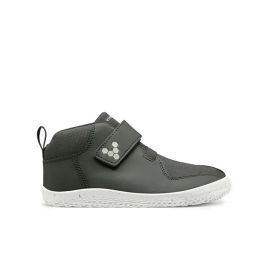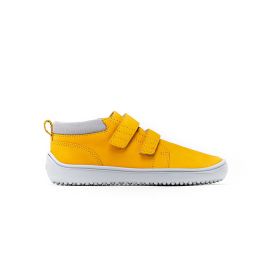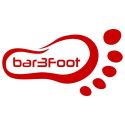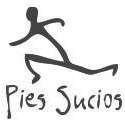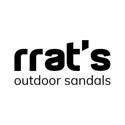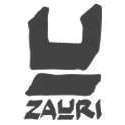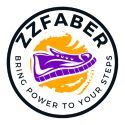No products
Prices are Management included
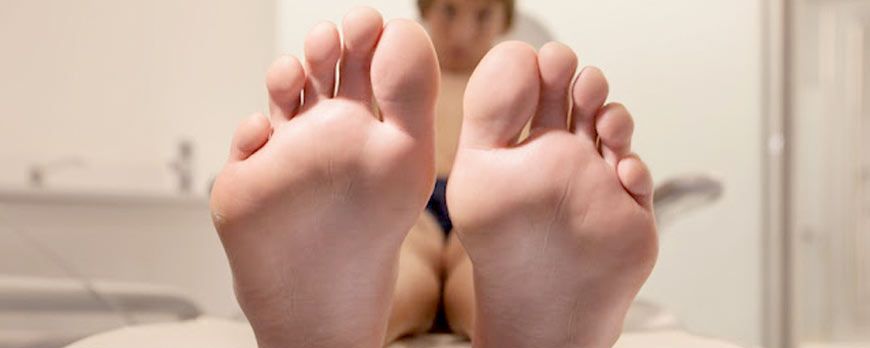
A podiatrist speaks out loud and clear
My name is Ricardo Acevedo, I am a podiatrist by profession and I feel the need to tell you the following.
If you have a child, grandchild, nephew, niece, nephew or godchild and you are considering buying them shoes, you should know how shoes strongly influence the development of children's and adolescents' feet.
I have been treating patients of all ages for 20 years, and children and young people have been the ones I have paid the most attention to.
In the last 10 years I have observed how the incidence of foot ailments has risen exponentially.
Toes that 'ride on top of each other', nails that dig in, lax flat feet, bunions....
I have to confess that I am sick of seeing 3, 4 or 5 year old girls with incipient bunions and parents blaming it on their father-in-law or great-grandmother, because 'it's heredity'.
I can't hide my discomfort when they bring me 2 year olds with infected nail nails.
And I am outraged to see mums arrive with a prescription for 'flat foot insoles' for a 4 year old.
But what surprises me the most, is the look on the parent's face when I tell them that it's their child's foot problems is because the shitty shoes they buy for their child.
- 'If they are really good', they tell me.
- 'They are from this or that brand of children's shoes', they reply.
Well, as a podiatrist, I tell them they are shit.
Bunions, dear parents, are NOT inherited.
Even if your great aunt, your mother or you yourself have them.
They are not inherited.
They are pathologies that are ALWAYS acquired. Just like lax flat feet or those very pronated feet that we see in many children. Not to mention those nails that dig in....
Except for autoimmune diseases, allergies, acute traumas and infections, all the other pathologies that we have in our feet are acquired because of FOOTWEAR.
In Spain we have the serious problem that there is no consensus on how to choose footwear for children.
And here we have the paediatrician, the podiatrist or the physiotherapist who give their opinion, often with little basis.
Other countries are clearer, like the American Association of Paediatrics.
They give a clear definition of what a child's footwear should be like.
And it is none other than a 'barefoot' footwear model.
If you are already reading this on Zami, it is very easy to explain what is a barefoot shoe.
But if you are not clear about it, I will summarise it with a few tips so that you can detect them:
- FLAT. Yes, totally flat.
No heel, no difference in height between the front and back of the shoe. The heels must hit the ground at the right moment and they must collide in order to develop.
As if they were barefoot.
- WIDE. Very wide. Very wide. Wider than the toe area.
The toes must not change their position even if you put a sock and a shoe on them. So it must respect the shape of the foot.
As if they were barefoot.
- FLEXIBLE. In all its construction.
The sole must be very thin and bend easily. It should have no heel counters and uppers has to be made by malleable, ductile fabrics or leathers.
- The shoe MUST NOT HOLD THE FOOT.
Fortunately, the foot is well attached to the rest of the body and will not move.
Just as if they were barefoot.
- ADJUSTABLE. The shoe should fit around the foot. Laces and/or velcro are essential, never without a method of adjustment. The child should not worry about the shoe slipping off.
Just as if they were barefoot.
- LIGHTWEIGHT: Why would you want to weigh down the little ones' feet? Well... that's just it.
So much for what Ricardo says.
And below are the barefoot shoes that fit the bill.
Cold weather boots
Multi-purpose shoes
Your children's health starts with their feet.
Dejar un ComentarioDejar una respuesta
Blog categories
- Running Technique
- Shoes Review
- Scientific studies
- Nike and minimalist shoes
- Morton neuroma
- Bunions
- Podiatrists' opinion on...
- Claw toes, crowded toes,...
- Flat feet
- Runner's injuries, runner's...
- Sprained feet, ankle sprains
- Footwear for wide feet or...
- Heel and back pain
- Children's feet and...
- Circulation and bone...
- Knee pain, osteoarthritis,...
- Plantar fasciitis
Últimos Comentarios
Antonio Caballo
The finger wristband: when fashion squeezes...Antonio Alvarado
What the doctor didn't tell you: it wasn't your...Antonio Caballo
300 km without pain: from Morton's neuroma to...

